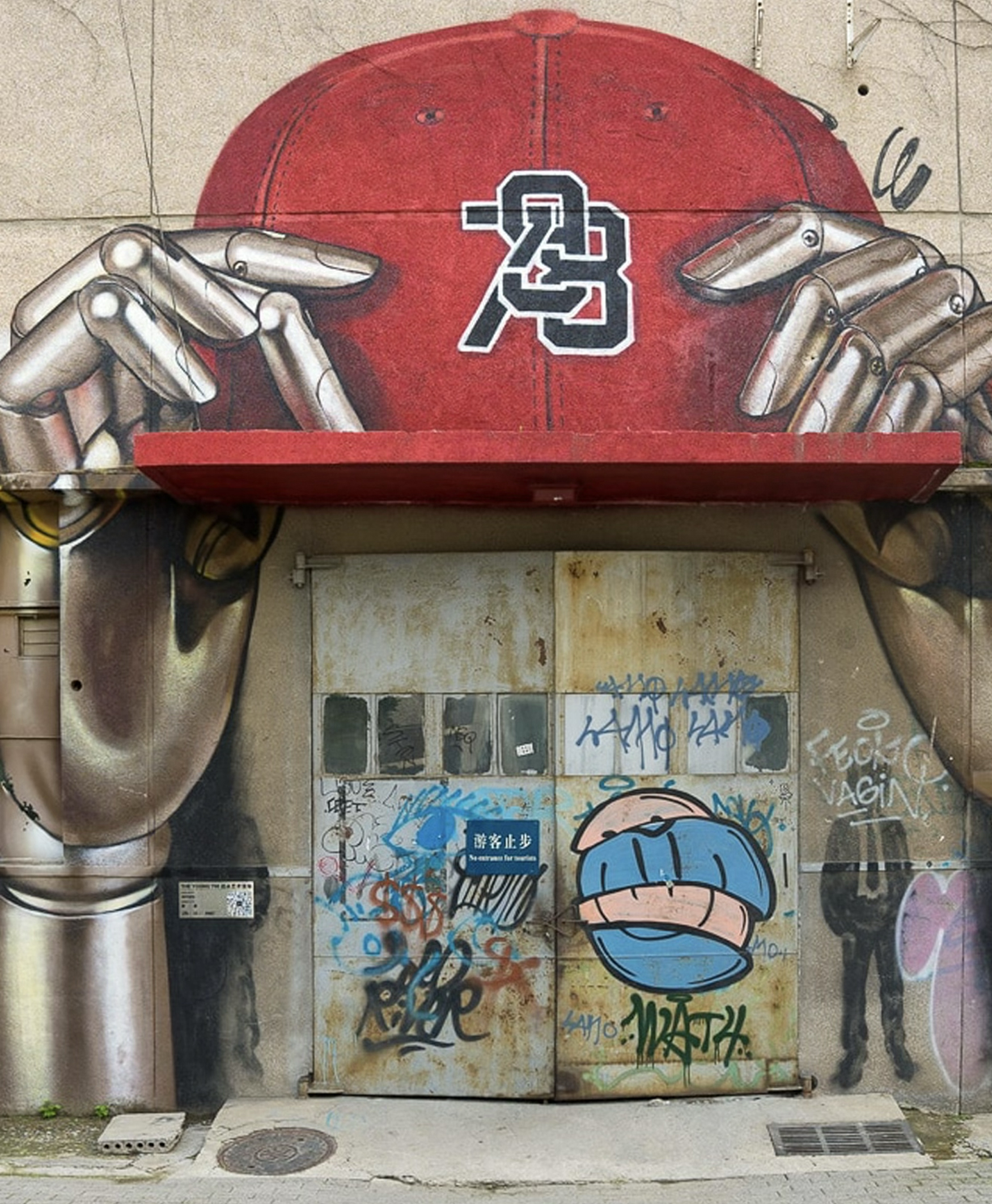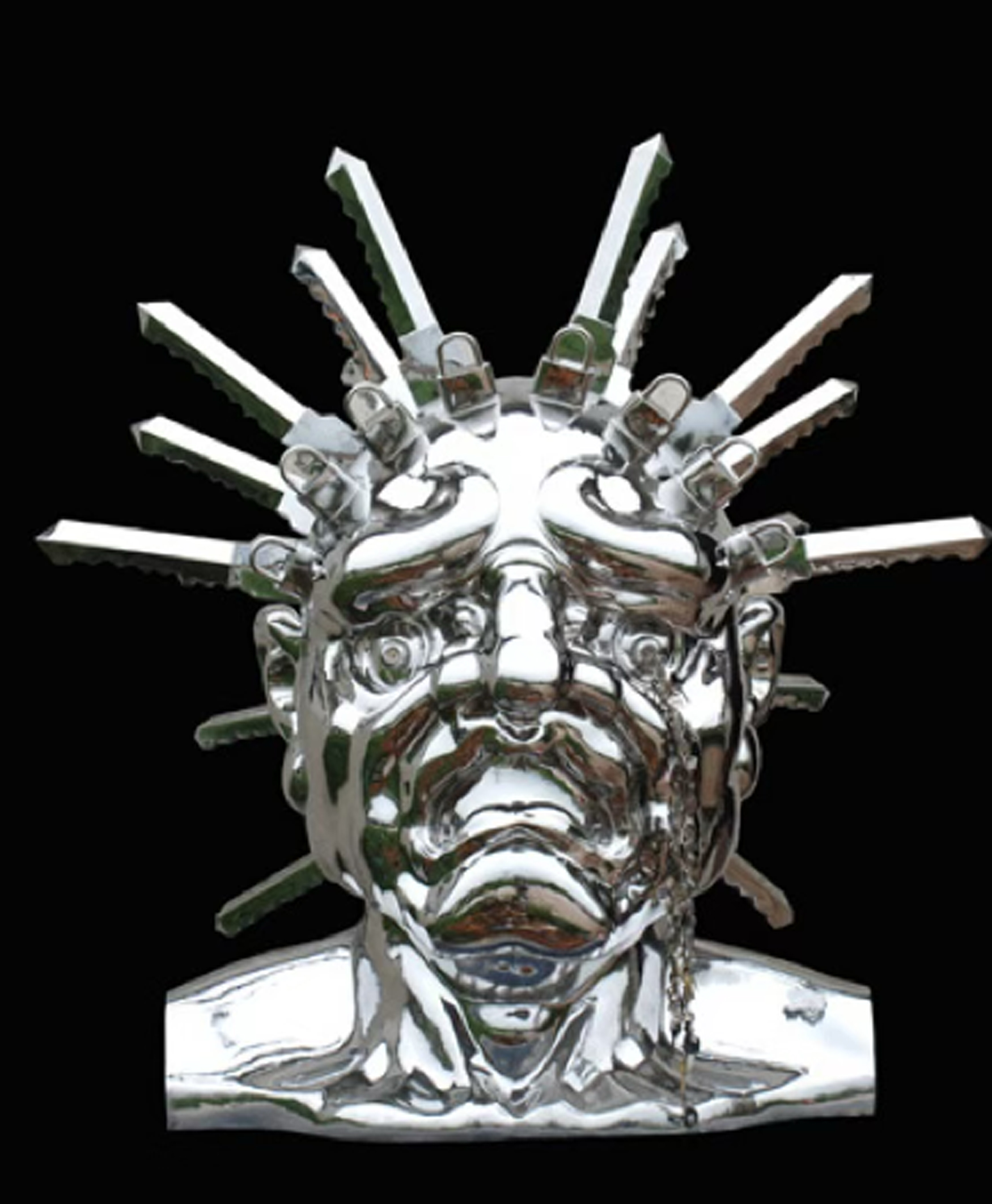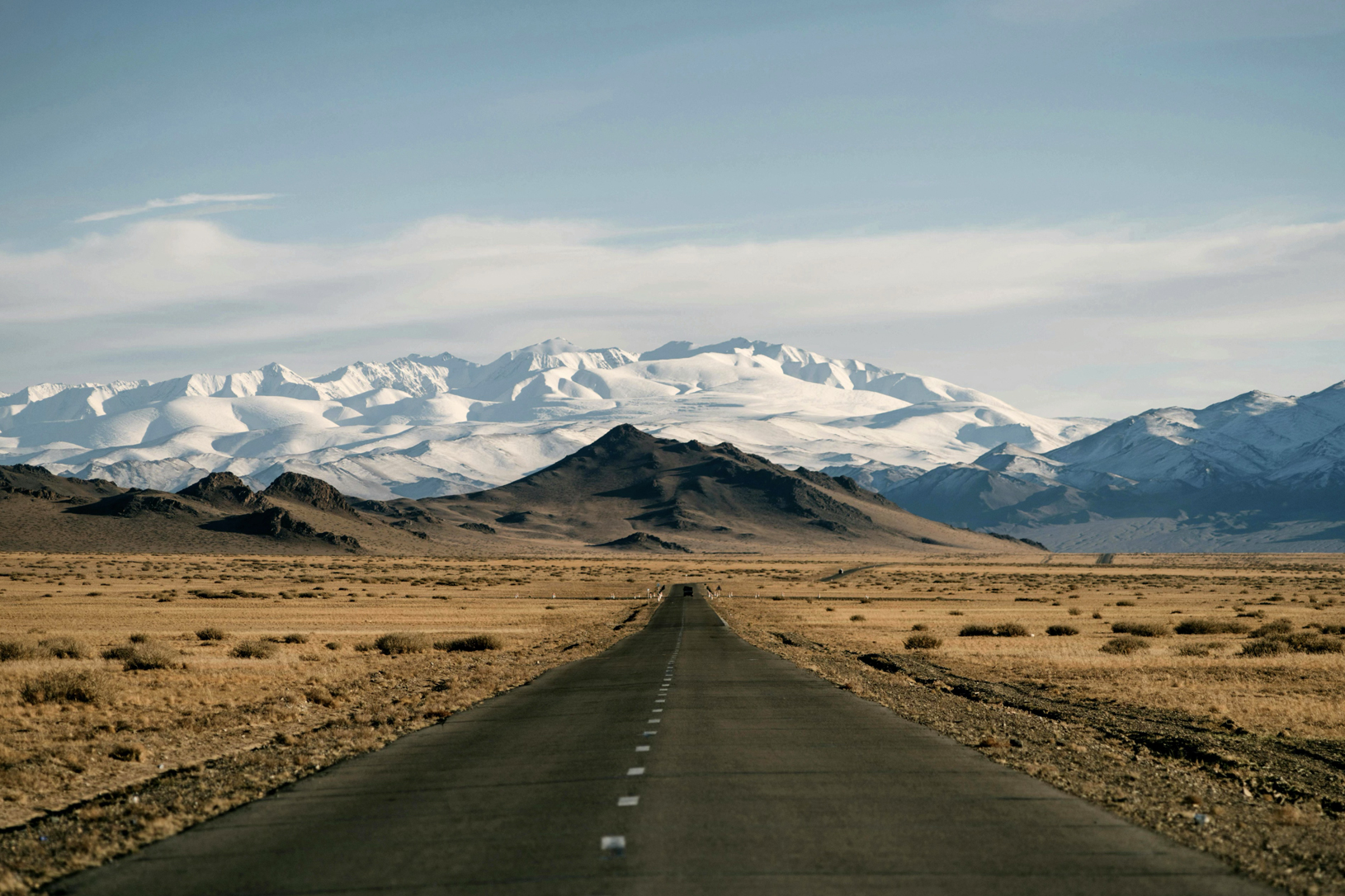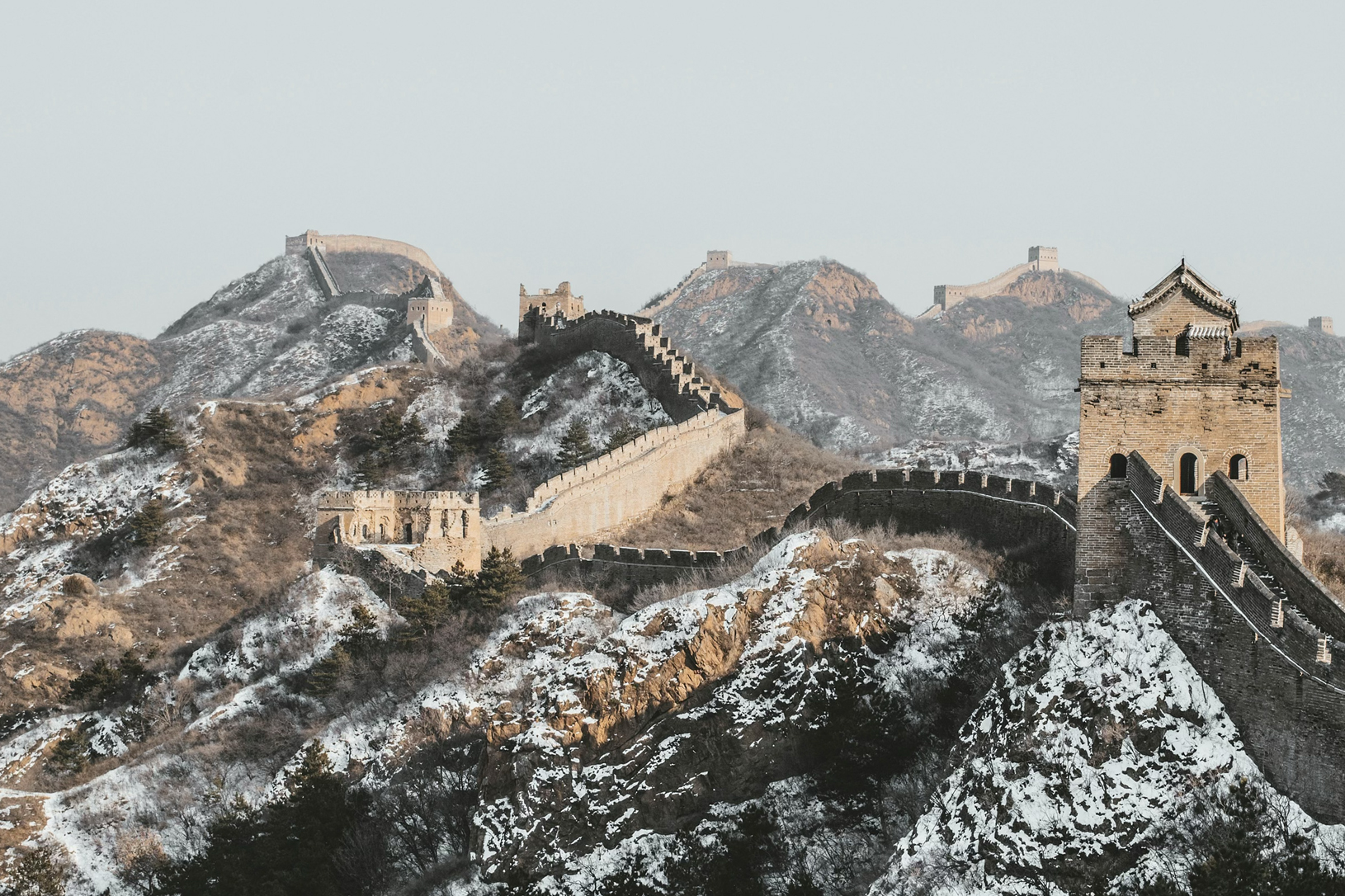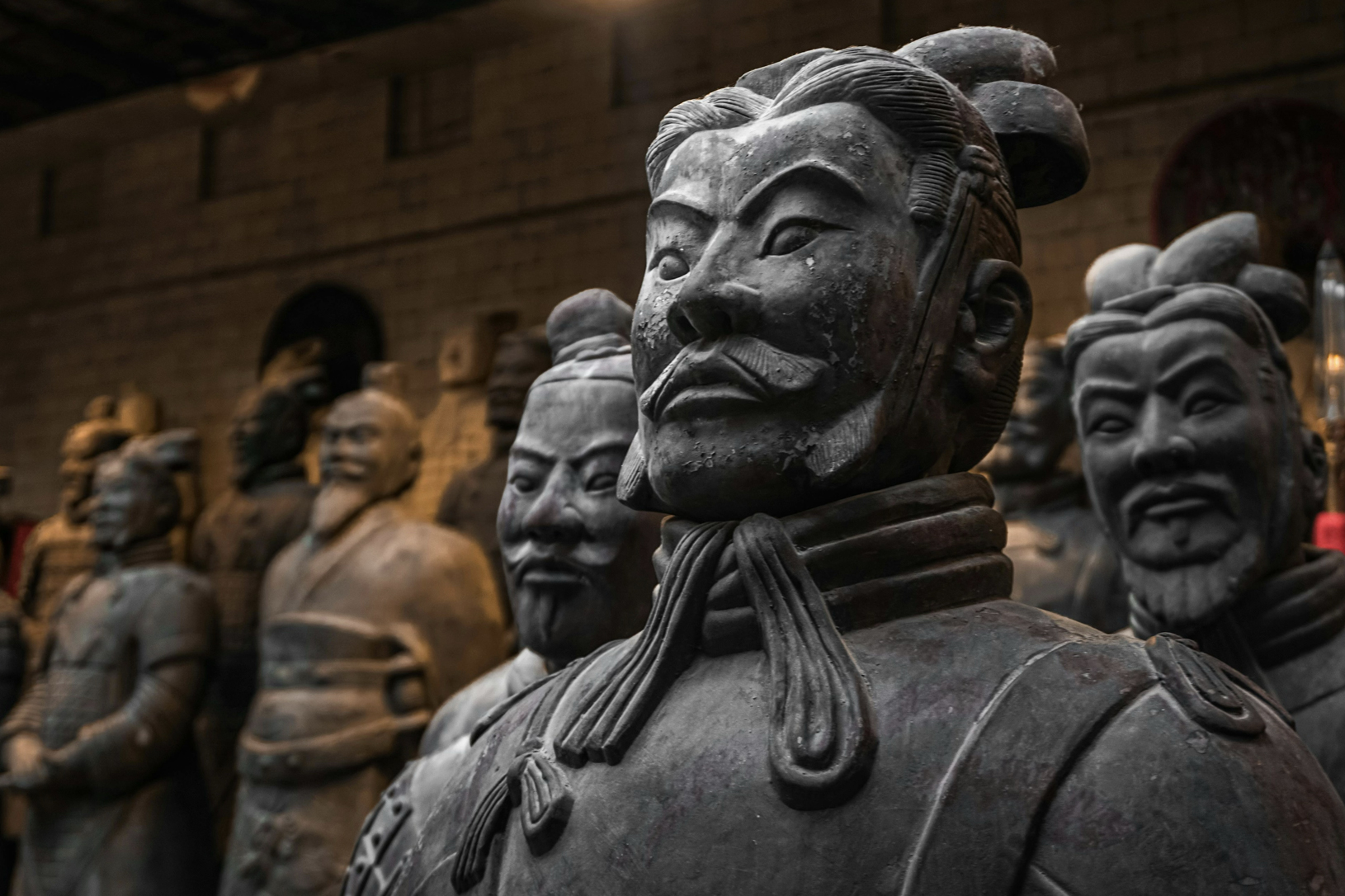We begin our journey in the heart of contemporary Beijing: the 798 Art District, a sprawling labyrinth of creativity set within a series of decommissioned military factories. These Bauhaus-inspired structures, built in the 1950s with East German assistance, now stand repurposed as galleries, studios, boutiques, and cafes — a fusion of industrial aesthetic and artistic evolution. The exposed pipes, high ceilings and concrete walls create the perfect backdrop for installations that challenge the eye and provoke thought.
We wander through galleries in the early afternoon light. Each space offers a different voice: one gallery may present politically charged graffiti, another an immersive light experience that reflects the pulse of Beijing’s increasingly global cultural discourse. We pause in front of works that blur lines between abstraction and realism — reflections of China’s rapid transformation, painted, sculpted, or built from layered media.
By midday, we arrive at the heart of our experience: a private catered lunch set within a working gallery. Here, the table is elegantly set among thought-provoking artworks — a set of abstract canvases, perhaps, or sound installations looping quietly in the background. A local chef presents dishes that are both comforting and inventive: dumplings filled with mushroom and coriander, a variation of cold noodles infused with sesame, and tea-smoked duck that harmonises spice and smoke perfectly.
We’re not dining alone. A local artist joins us — a contemporary painter whose work is exhibited in the gallery. They bring insight into how modern Chinese artists carve their space within and beyond state-sanctioned narratives. As we share food and wine, we listen. They speak of inspiration drawn from hutongs, city noise, old traditions, and global art movements. Their honesty adds texture to the meal — stories of solitude, collaboration, censorship, and pride.
Following lunch, we’re invited to their studio — a modest yet inspiring space filled with canvases in progress, paint-splattered floors, brushes, and pinned sketches.
We witness the beginning of an idea — outlines on linen, colour swatches on walls — as they describe how their work comes together. This moment — intimate, open — is a rare window into the creative heart of a city reinventing itself daily.
We leave the district with a deeper understanding of Beijing’s art scene: it’s vibrant, conflicted, hopeful and brave — much like the city itself.
